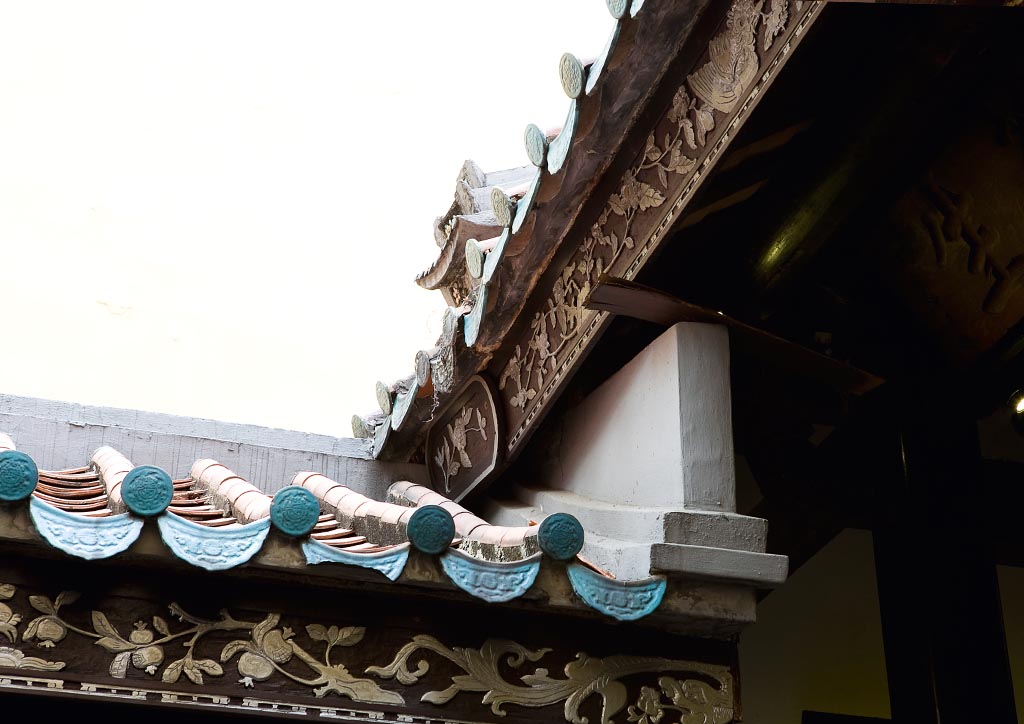
The Storyteller: Revisit Singapore’s past within the walls of Amoy Hotel
How smart of the Singapore Tourism Board! During BluPrint’s coverage of Singapore Design Week in 2014, they billeted us, not in a typical convention hotel, but two vastly different venues—the stunning ParkRoyal on Pickering, and the unique Amoy Hotel on Telok Ayer.
One would think that the transfer from grand to small would prove a disappointment, but it was not. I do confess, though, that when I learned of our itinerary, I stupidly turned down the opportunity to be toured and briefed by Amoy Hotel’s PR on the boutique hotel, while I harangued the STB for days to make arrangements for us to shoot ParkRoyal and interview its architects. On arriving at the delightful Amoy (go ahead, snicker at the name), we quickly adjusted our plans to tour and photograph it.
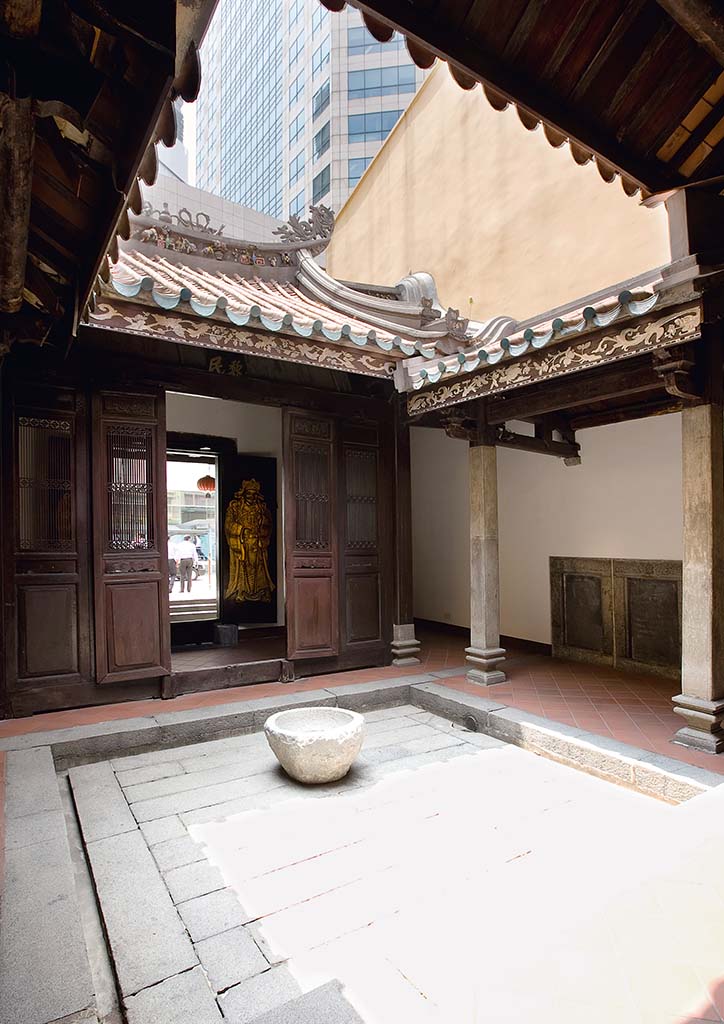
While there are many good examples of adaptive reuse in Singapore, Amoy Hotel is one of a kind for having as its entrance one of Singapore’s oldest Chinese temples on Telok Ayer Street; and its 37 guest rooms housed in a century-old shophouse on Amoy Street.
Older than she looks
It would be wrong to assume, as some do, that Singapore’s story is only half a century old. The oldest structures still standing in Singapore today were built in the early 1800s. A great many of the country’s structures earmarked for protection are lowly shophouses built from the 1840s to the 1950s, and they are concentrated in four historic districts—Boat Quay, Chinatown, Kampong Glam, and Little India.
Chinatown came to be in the early 1800s when Hokkien, Teochew, Cantonese, Hainanese, Hakka, and Foochow immigrants looking for work settled southwest of the Singapore River and began building their little shophouses—rows of shops for commercial activities below, and living quarters above. Actually, they didn’t have much choice about the location—Sir Stamford Raffles, who founded Singapore as a British colony, had an urban plan drawn up to bring some order to the fast growing and rather chaotic trading post. Called the Jackson Plan, it divided the city in a grid pattern, segregating residents by ethnicity, and reserving the best land for Europeans and rich Asians.
YOU MIGHT LIKE: Spice trade warehouse adapted into industrial luxe hotel
The Hokkien called their area Tua Poh, which means “Greater Town” (today’s Kreta Ayer area). Along the old river shoreline, very near the sea, where Telok Ayer Street is today, the settlers built a small shrine in 1824 to a deity, Tua Pek Kong. New arrivals would visit the shrine to give thanks for their safe landing from the arduous voyage across the sea from South China. The little shrine eventually grew into a temple, reflecting the growth and urbanization of the Chinese settlement around it. The temple’s name was Fuk Tak Chi.
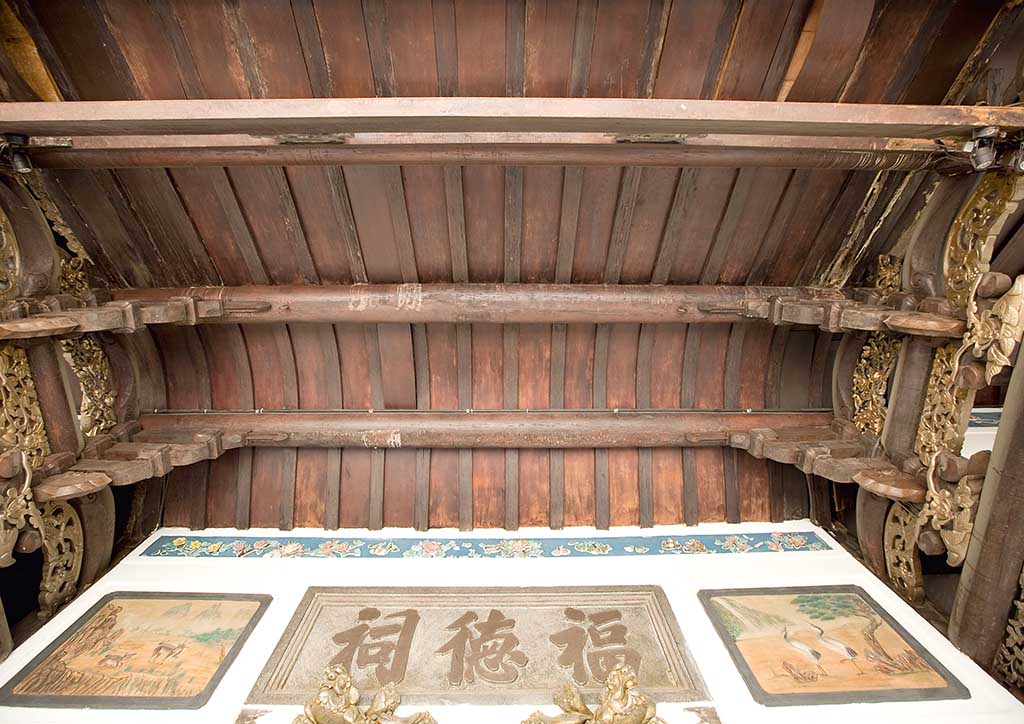
Sin-galore
Fast-forward about 100 years. The Singapore River is a foul-smelling, filthy sewer. Chinatown in the 1920s is overcrowded and noisy with bazaars, food stalls, traders, merchantmen, coolie-quarters, water-carrying bullock carts, rickshaws, theaters, and brothels. Notorious for its opium dens, secret societies, gang crime, and violence, Chinatown contributed much to Singapore’s reputation as a sin city and its nickname, “Sin-galore.”
In 1929, a row of shophouses would go up on Keong Saik Road, Chinatown’s red-light district. Seven decades later, it would be used as an exemplary model for what one could do with these structures of humble and ill repute. But we are getting ahead of our story.
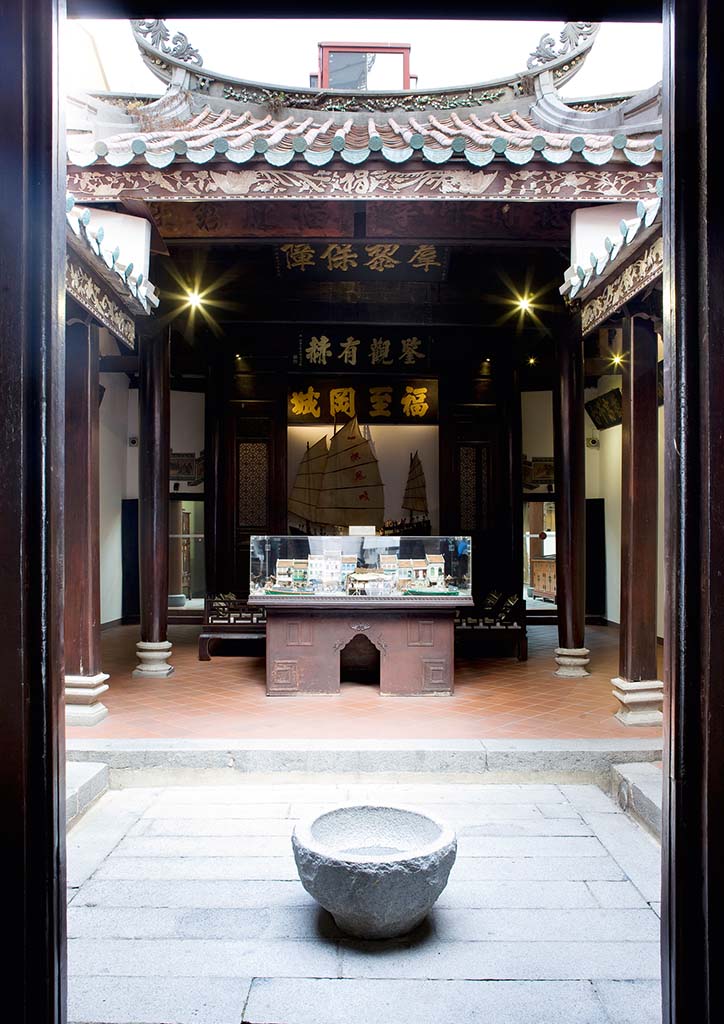
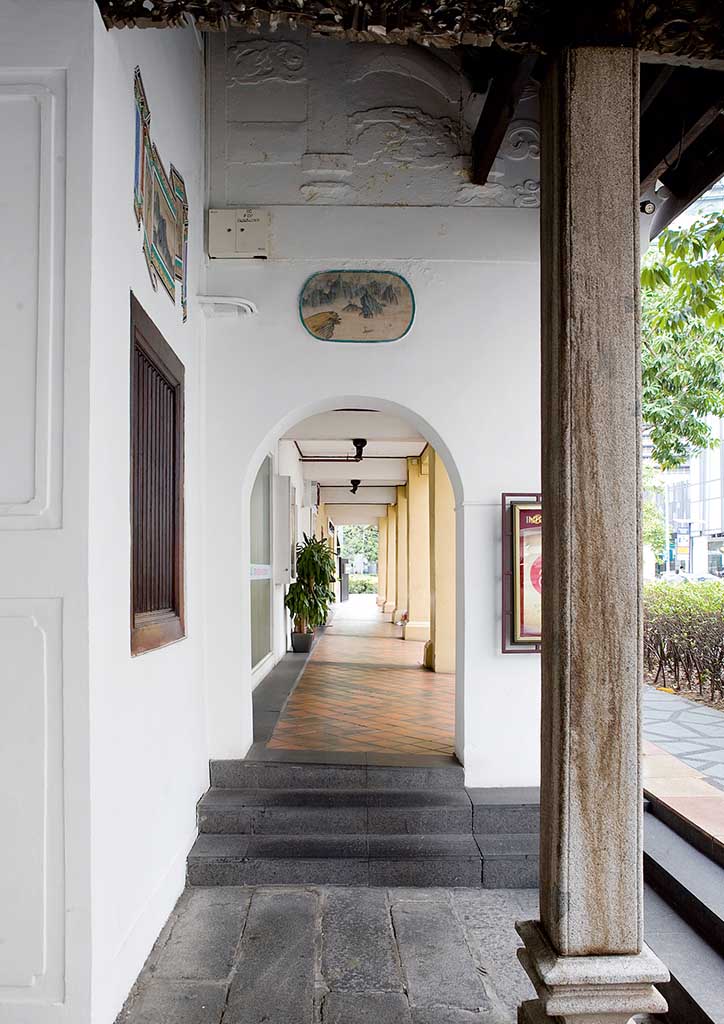
READ MORE: Look inside the refurbished 1950 shophouse Hotel Vagabond
Demolition fever
The late 1960s to 1970s saw a frenzy of urban renewal. Lee Kuan Yew’s administration was dedicated to creating proper public housing, space for industries, and infrastructure. The Prime Minister was obsessed with orderliness and cleanliness. In 1977, the government demolished the slums and hawkers’ bazaars at the wharves. They dredged the river of hundred of tons of garbage, and zealously guarded the waterway until it was alive again with fish. Many sites in old Chinatown were razed to the ground.
The demolition derby would end in the mid-80s. Lee wrote: “In our rush to rebuild Singapore, we knocked down many old and quaint buildings. Then we realized that we were destroying a valuable part of our cultural heritage, that we were demolishing what tourists found attractive.”
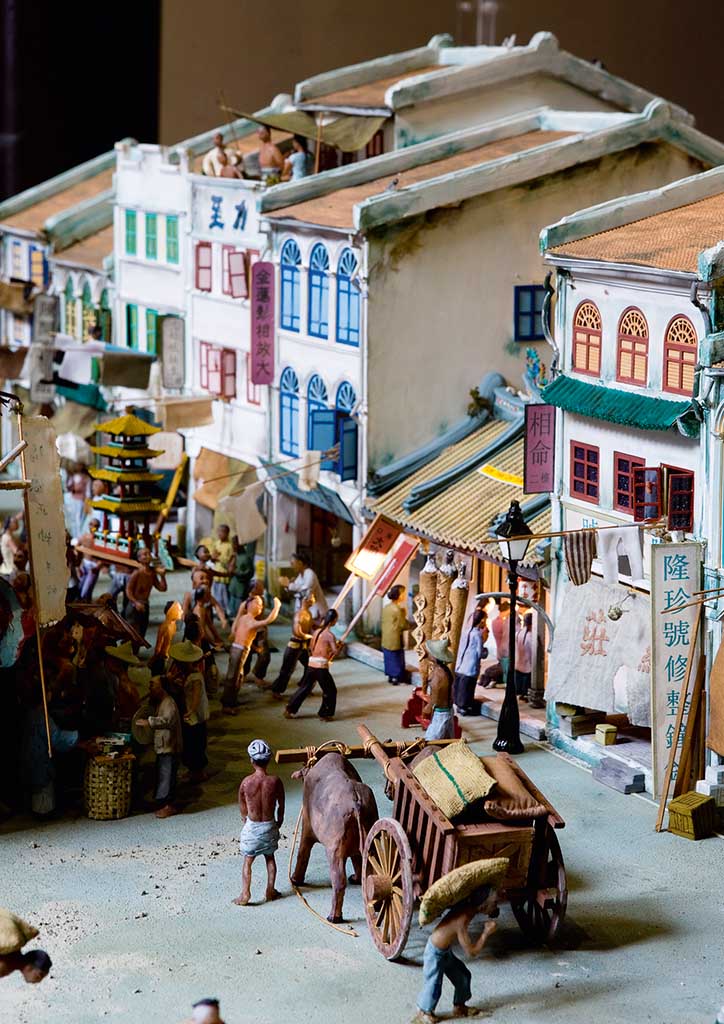
The Urban Redevelopment Authority (then the Urban Renewal Department) crafted a Conservation Masterplan so that “the different memories of Singaporeans from all walks of life” might be preserved.
YOU MIGHT LIKE: The hidden architecture of Singapore’s Gardens by the Bay
Loh and behold
But just because the URA had a masterplan in place and had identified 7000 structures for conservation doesn’t mean that all 7000 suddenly gained new life.
In 2000, the red-light district of Keong Saik Road was still as disreputable as ever, albeit less lively. The brothel in the row of shophouses built in 1929 had gone out of business, and the property was up for sale. Singapore was just getting out of the 1990s recession, and no one, except one enterprising young man named Loh Lik Peng (featured in BluPrint Special Issue 1 2014), could envision the broken-down building as a hotel. The banks wouldn’t lend him money, and the Singapore Tourism Board (STB) questioned his motives. But with a loan from his parents and loads of stubborn optimism, he persevered, creating the fantastic success story that is Hotel 1929. His success would lead to a string of six more adaptive-reuse concept hotels and fourteen restaurants. His success would provide other entrepreneurs with a template for unique hospitality offerings, and government with a model for self-sustaining conservation of heritage structures.
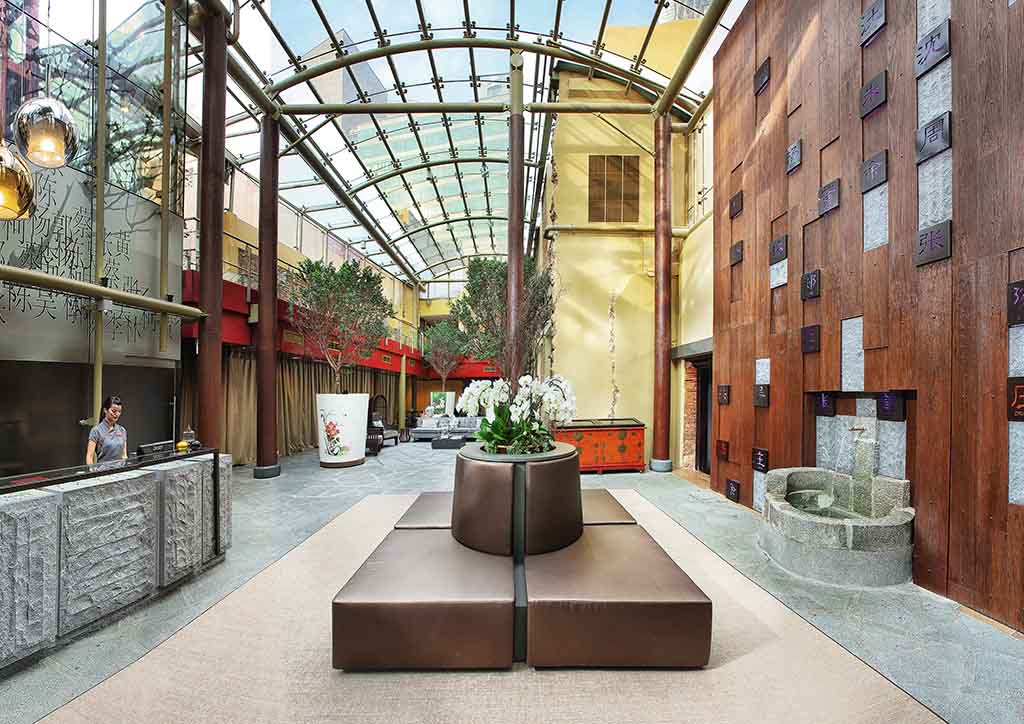
READ MORE: Hotelier Loh Lik Peng’s fascinating fear and Unlisted collection of hotels
Shophouse reinvented
As part of a concerted effort by various agencies of the government to make Singapore Asia’s design hub, the URA and STB came up with plans to increase the range of tourist and residential accommodation in Singapore. Inspired by Loh’s successes (aside from 1929, his Wanderlust and Majestic hotels are also former shophouses), one of the URA-STB strategies is to promote similar adaptive reuse projects in selected mixed-use locations.
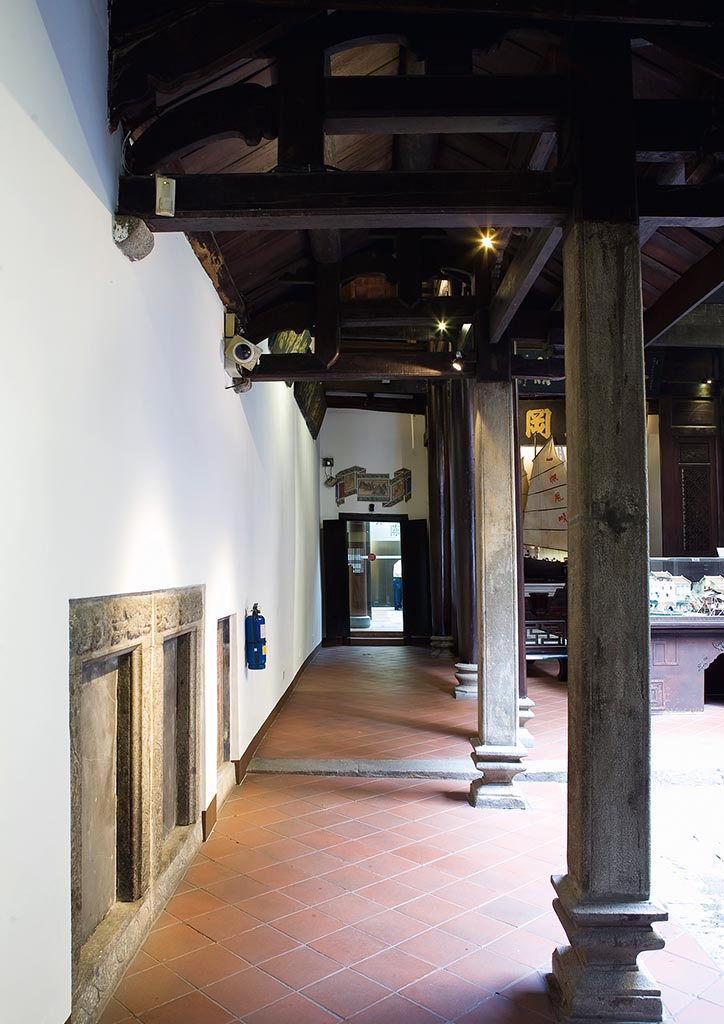
The less than two-year-old Amoy Hotel is one such successful project. Fuk Tak Chi, the temple on Telok Ayer Street had undergone restoration several times. In 1869, it had all but collapsed into the sea, but its faithful devotees continually shored it up until land reclamation work in the 1880s solved the problem. The temple would later be grievously threatened many times by termite infestations and general decay. In the 1980s, it had fallen into disuse, but by the 1990s, the government restored and converted it into a street museum, one of the stops in Chinatown’s many walking tours.
YOU MIGHT LIKE: Shophouse by RT+Q becomes urban street lantern at night
Storytelling
Now serving as Amoy Hotel’s entrance foyer, Fuk Tak Chi is assured—at least for the duration of its lease to the hotel operator—of regular maintenance and a regular stream of admirers, mostly Amoy Hotel guests who without fail are quite taken by such unexpected charm. In turn, Fuk Tak Chi provides the hotel with a unique story to tell of the Chinese diaspora that brought Singapore’s ancestors to its shores, and many of them into this very temple to give thanks for safe passage.
The storytelling continues as one steps out the back door of the temple and into Amoy Hotel’s lobby, which used to be the back alley of the row of shophouses along Amoy Street. The two-storey high wooden wall opposite the reception desk is adorned with plaques bearing the names of some of Singapore’s earliest settlers. As one weaves and ducks one’s head in the corridors to get to one’s room, one is made aware of the irregular heights and maze-like partitions of old Chinatown’s shophouses—there were no building codes in the 1800s.
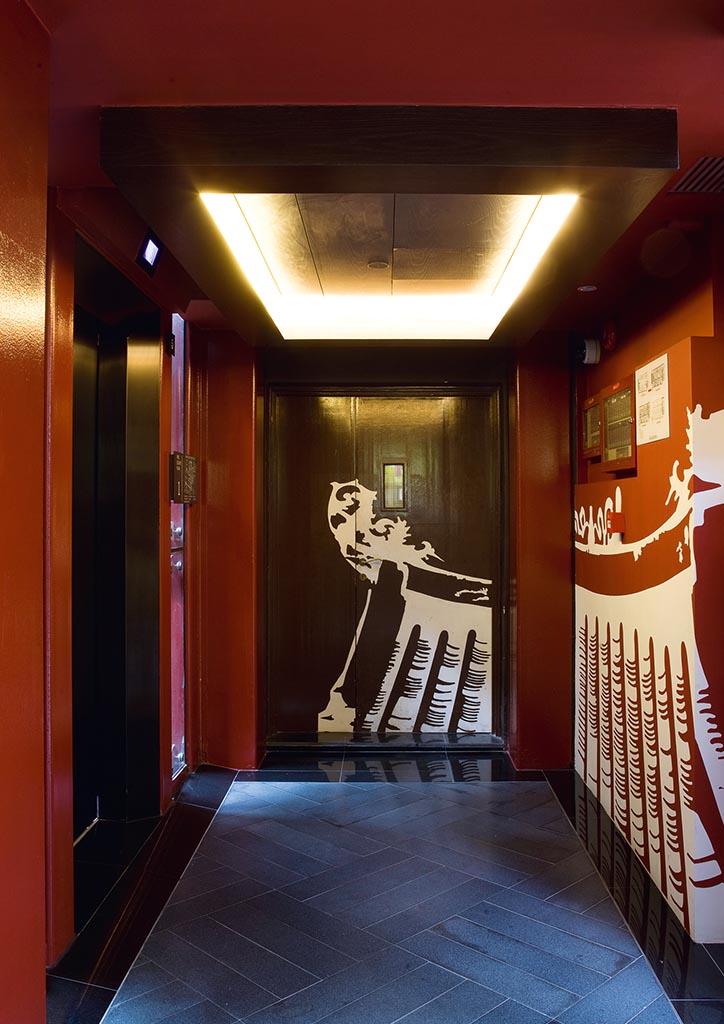
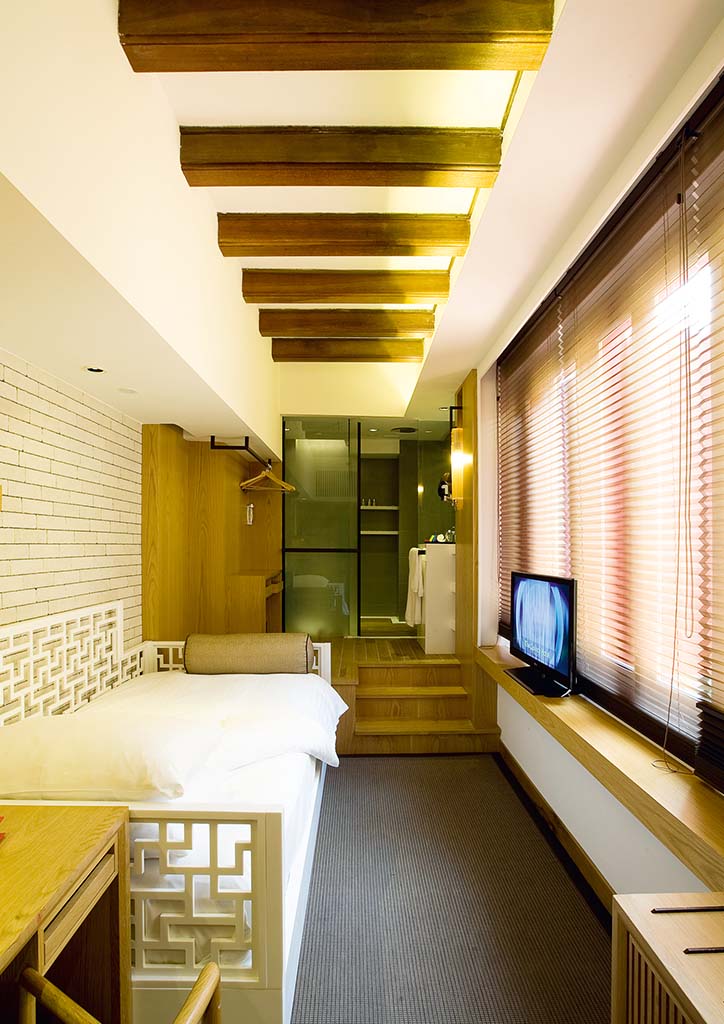
READ MORE: The simplicity of tropical living in the Garden State
Like a modern minstrel, the remarkable Amoy Hotel tells stories of hardship and tempestuous times, of good fortune and ill wind, of good times and hard times, of progress and unrest, of hope and an indefatigable will to persevere. Its stories are those of Singapore and its people, stories that could not be told the way that Amoy Hotel does, without the wood and stone and mortar laid by those who have come before.![]()
